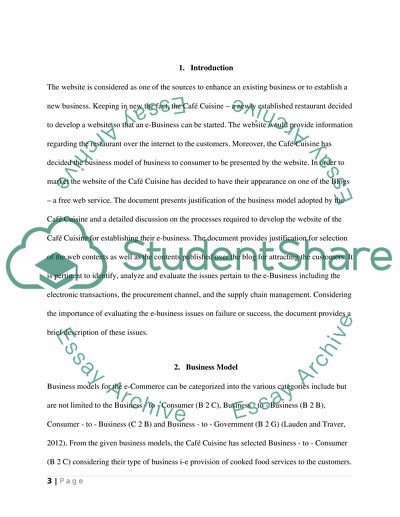Cite this document
(“Developing Website and Blog for Caf Cuisine Essay”, n.d.)
Developing Website and Blog for Caf Cuisine Essay. Retrieved from https://studentshare.org/information-technology/1498548-e-business
Developing Website and Blog for Caf Cuisine Essay. Retrieved from https://studentshare.org/information-technology/1498548-e-business
(Developing Website and Blog for Caf Cuisine Essay)
Developing Website and Blog for Caf Cuisine Essay. https://studentshare.org/information-technology/1498548-e-business.
Developing Website and Blog for Caf Cuisine Essay. https://studentshare.org/information-technology/1498548-e-business.
“Developing Website and Blog for Caf Cuisine Essay”, n.d. https://studentshare.org/information-technology/1498548-e-business.


